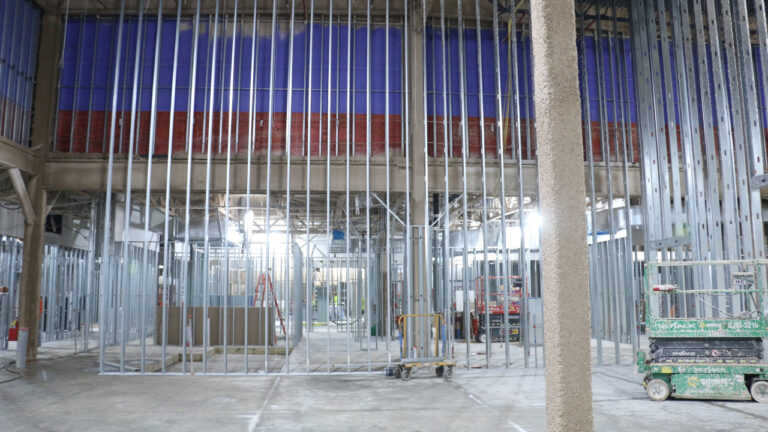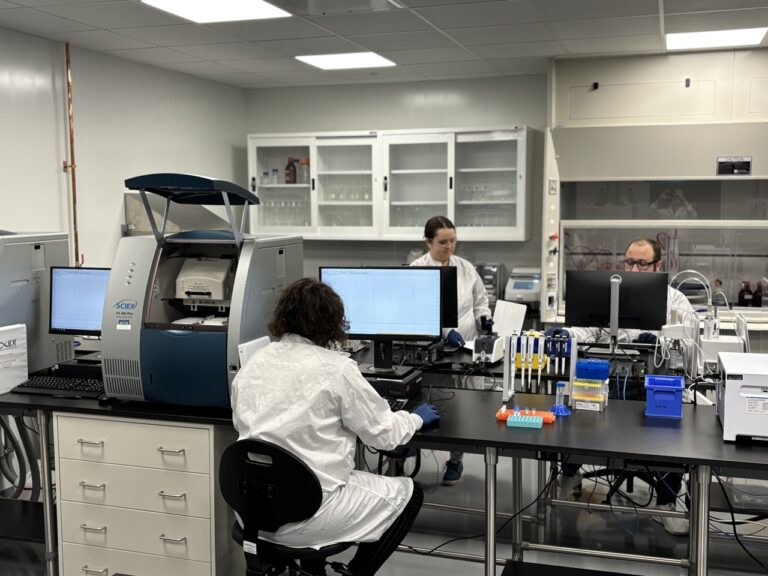By Joe Tye / Guest Column
When Bob Dent and I were researching the book, “Building a Culture of Ownership in Healthcare,” we wanted to include great examples from industries other than health care. Bob is senior vice president and COO/CNO at Midland Health in Texas and my company works primarily with hospitals, so we are very aware that health care organizations have much to learn from culture leaders outside the industry.
At Values Coach, we use a construction metaphor to describe what we call the “invisible architecture” of an organization. In our construct, the foundation is core values, the superstructure is organizational culture and the interior finish is workplace attitude. As it turns out, we didn’t have to look far beyond the Corridor to find outstanding examples of values and culture excellence to include in our book.
The foundation: Core values
A statement of core values should define who you are as an organization, what you stand for and what you won’t stand for. It should be the single-most important document in the organization and tightly woven into new employee recruiting and orientation, performance appraisal and daily operations. A great statement of values is so authentic and unique that it can never be copied by a competitor. If you see “Create fun and a little weirdness” in a values statement anywhere but Zappos, you’ll know it’s a rip-off.
Unfortunately, many organizations resort to generic statements that do little to differentiate them from the competition – or, for that matter, from the grocery store down the street. Of course the organization values commitment, accountability, respect and excellence, but who doesn’t? If your statement of values could be posted in the lobby of a competitor without anyone noticing, you need to ask yourself whether it’s authentic or just generic boilerplate.
On the careers webpage for Coralville-based Integrated DNA Technologies, you’ll see this: “IDT’s Core Values form the foundation of who we are, what we believe and what we strive to be. They articulate what is expected of us, guiding our relationships and directing our decision-making. In our ever-evolving business, the Core Values are our constant. Our Core Values define our unique culture, shape our future and ultimately cultivate our success.”
One of the company’s eight core values is: “Be yourself unless you’re a jerk.” In six words, they capture the essential elements of a core value: Be authentic and don’t try to impress us by pretending to be someone else, be a team-player and treat others with respect, and leave your jerk attitudes in the parking lot. And they’ve done it all that in a way that conveys a sense of humor.
Being clear about your values is a powerful compass for setting priorities and making decisions. Cedar Rapids-based Van Meter is guided by its 5P core values: People, Partners, Progress, Place and Profit. A 2015 company post on The ESOP Association Blog said: “At Van Meter, we work hard at building a culture of ownership and employee engagement for the long-term success of our business… So during this latest economic downturn, the employee owners of Van Meter committed to having no layoffs or workforce reductions. We continued to invest and hire new people while everyone else was cutting back… This has proven to be a good decision.”
The superstructure: Organizational culture
Organizational culture – the infrastructure in our “invisible architecture” construct – is the personality and character of the organization. Every organization has a culture – or, more often than not, a fragmented culture that’s a patchwork quilt of inconsistent cultures from various parts of the organization. The question is whether that culture has evolved haphazardly or is the result of the deliberate creation of a cultural blueprint.
In 1999, Netflix published its “Culture Code,” a 124-slide presentation that Facebook COO Sheryl Sandberg called the most important document ever to come out of Silicon Valley. This document spells out what the company expects of employees and what employees can expect from the company. It very clearly states that Netflix is not for everyone, and if you do not meet their extreme performance expectations, if you are not the best at what you do, or if technology or marketplace changes marginalize your current skill set and you do not grow beyond that, you will receive “a generous severance package.”
The person who created the culture code subsequently received a generous severance package, proving that it is taken very seriously. You might or might not like Netflix’s cultural expectations, but nobody should ever be surprised by them.
Coralville-based MediRevv provides revenue cycle services for hospitals. The company consistently makes CBJ’s lists of Fastest Growing Companies and Coolest Places to Work. CEO Chris Klitgaard attributes its success to the company’s culture, which is celebrated in a “culture book” where employees are invited to express their thoughts about the MediRevv culture (an idea pioneered by Zappos).
A typical employee comment from the 2016 edition reads: “To me, MediRevv culture is knowing that you’re in an environment where everyone wants to see you succeed, and they also genuinely want you to be as happy as you can be in reaching for that success. Culture really is contagious in the workplace, and I’m lucky that it’s something I want to catch as opposed to staying far away from.” When a company’s employees are saying things like that, it makes recruiting and marketing a whole lot easier.
The interior finish: Workplace attitude
One of our guiding insights at Values Coach is that culture does not change unless and until people change, because an organization’s culture is defined by the collective attitudes and behaviors of the people who work there. That is the interior finish in our architectural construct. The attitudes that people bring to their work are a visible manifestation of values and culture in action.
Because change is hard for most people, we have developed practical tools for values-based life and leadership skills. One of the ways we help people become more aware of their own attitudes is The Pickle Pledge, by which people promise to turn every complaint into either a blessing or a constructive suggestion. We use the pickle as a metaphor because people who are always whining look like they were born sucking on a dill pickle. When an entire team makes this commitment, the workplace becomes a Pickle-Free Zone. You can see more at www.PicklePledge.com.
At University Health Iowa River Landing in Coralville, manager Michelle Turner uses The Pickle Pledge to encourage a spirit of positive commitment and fellowship. In our book, “Pickle Pledge: Creating a More Positive Healthcare Culture – One Attitude at a Time,” Bob and I quoted Michelle as saying: “We have the opportunity as leaders to not only create a culture where staff enjoy coming to work, but are passionate about maintaining a drama-free, emotionally healthy environment – a Pickle-Free Zone.”
Conclusion
We have seen firsthand how investments in an organization’s invisible architecture can yield incredible returns. Over the past four years, for example, Midland Health’s commitment to building a culture of ownership has resulted in record patient satisfaction, dramatic improvements in quality and safety indicators, a 35 percent reduction in RN turnover, significant cost savings and an enhanced ability to recruit great talent.
When it comes to the things that really matter in an organization, including employee engagement, customer satisfaction, quality, safety, productivity and profitability – the invisible architecture has a far greater impact than the visible architecture of bricks and mortar.
Joe Tye is CEO and head coach of Solon-based Values Coach Inc. He can be reached at (319) 624-3889 or [email protected].







